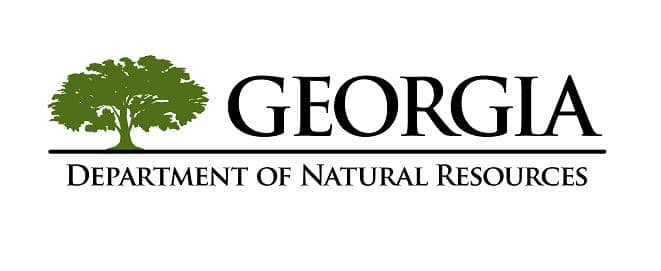Georgia’s Chimney Swift Numbers Swell as Fall Migration Nears
Georgia Department of Natural Resources Wildlife Resources Division 09.05.12

The chittering sound of chimney swifts will begin to grow this month then fade to silence by early November as the fall migration increases swift populations in Georgia before drawing the small, speedy birds south to winter in the upper Amazon Basin.
“Most are gone by mid-October and all … by early November,” said Todd Schneider, a wildlife biologist with the state Department of Natural Resources’ Wildlife Resources Division.
Sometimes, the gathering is memorable as chimney swifts crowd into roosts. Schneider recalled seeing a swarm of these “flying cigars” form a living vortex as they swirled down into the large chimneys of an old building in Savannah years ago.
The seasonal exchange is less dramatic for most Georgia residents.
Young swifts fledge in mid-summer and the groups of four to five birds now circling fireplace chimneys and snagging airborne insects are probably family units, Schneider said.
The link between homes and chimney swifts is crucial. The species that once depended on tree hollows for nesting and roosting has long since adapted to chimneys and other man-made structures, a change prodded by the loss of natural sites through deforestation.
But residents can help. Here’s how:
- Leave chimneys suitable for nesting and roosting uncapped from March through September. Appropriate flues will be made of stone, firebrick or masonry tiles with mortared joints, materials the swifts can cling to with their strong feet and four sharp claws.
- Cap chimneys that have metal flues when they are not in use. Chimney swifts cannot grip the metal sides. Covering the top decreases the chance wildlife will get trapped in the shaft.
- Use swift-friendly materials when building chimneys.
- Let older buildings and old home-place chimneys stand if they are used by the birds and pose no safety hazard.
Proper maintenance of fireplace chimneys also is important. Chimneys should be professionally cleaned of any flammable creosote residue by early March, before the swifts return from South America to nest. Those nests, described by Schneider as a bundle of twigs about half the size of a man’s palm, are not considered a fire hazard.
Georgians can help conserve endangered and other nongame wildlife by purchasing or renewing a bald eagle or hummingbird license plate, contributing to the Georgia Wildlife Conservation Fund through the state income tax checkoff or donating directly to the fund. Each option provides vital support for DNR’s Nongame Conservation Section, which receives no state appropriations for its mission to conserve wildlife not hunted, fished for or trapped, as well as rare plants and natural habitats.
Visit www.georgiawildlife.org/conservation for more information, or call Nongame Conservation offices in Social Circle (770-761-3035), Forsyth (478-994-1438) or Brunswick (912-264-7218).

